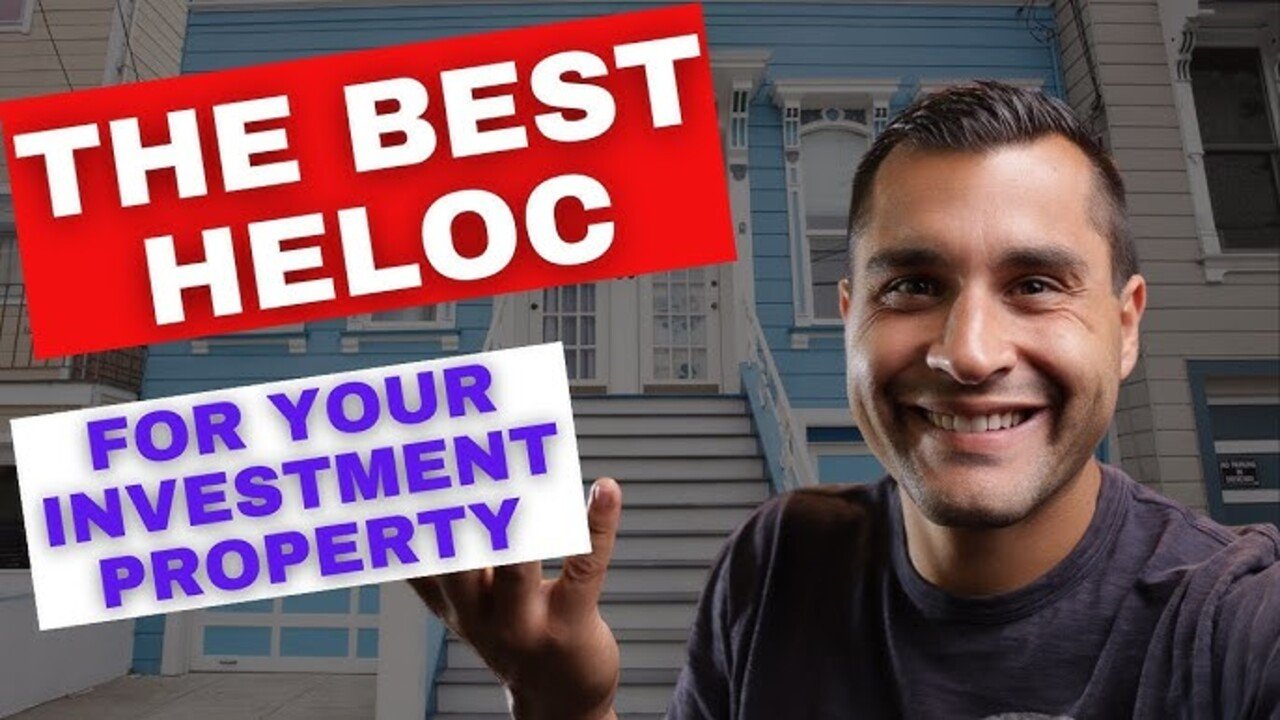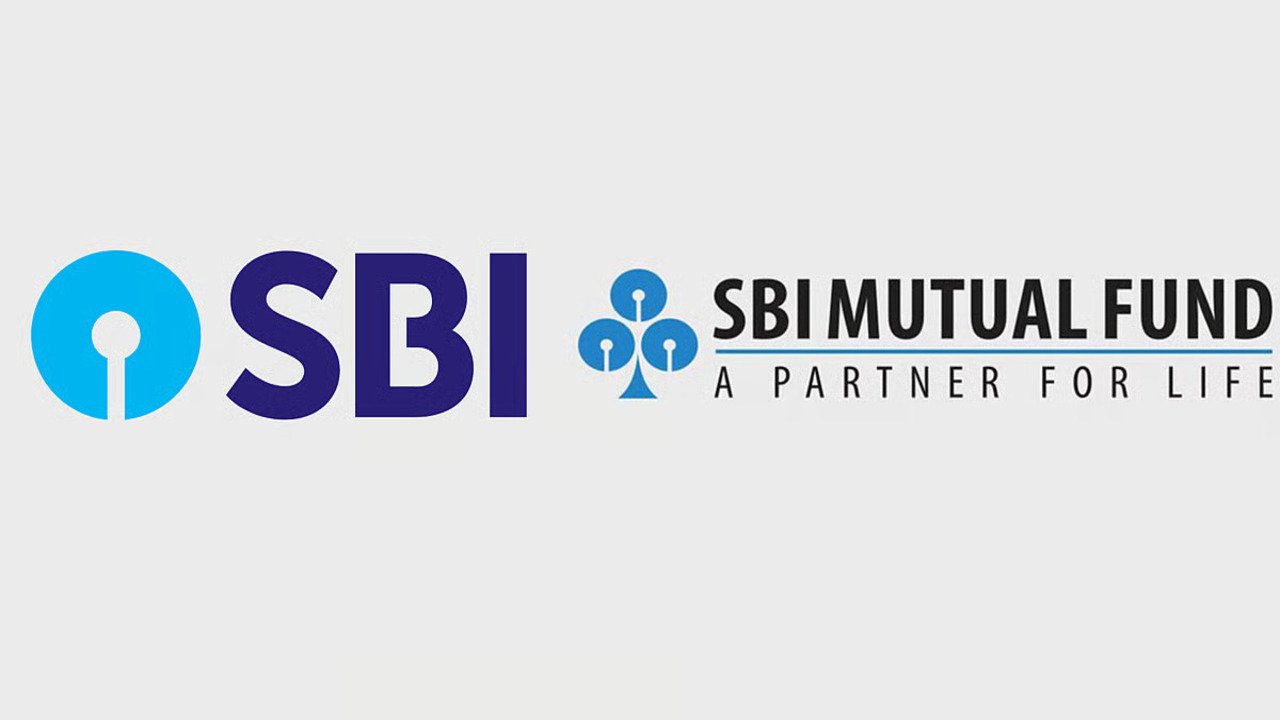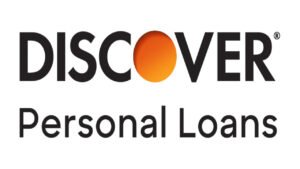HELOC on Investment Property Unlock Equity Today.
HELOC on Investment Property on an investment property can be a powerful financial tool for real estate investors looking to leverage their assets. Unlike a primary residence, an investment property—whether a rental home, multi-family unit, or commercial building—serves as a vehicle for generating income and building wealth. A HELOC allows investors to tap into the equity of these properties, providing flexible access to capital for various purposes, such as renovations, new property acquisitions, or other investment opportunities. This article explores the intricacies of using a HELOC on an investment property, its benefits, risks, and strategies to unlock equity effectively in today’s market.
Thank you for reading this post, don't forget to subscribe!What is a HELOC? HELOC on Investment Property.
HELOC on Investment Property is a revolving line of credit secured by the equity in a property. Equity is the difference between the property’s market value and the outstanding mortgage balance. For example, if an investment property is worth $500,000 and the remaining mortgage is $300,000, the equity is $200,000. A HELOC allows you to borrow against this equity, typically up to a certain percentage, such as 80%, depending on the lender’s policies.
Unlike a traditional loan with fixed payments, a HELOC works like a credit card: you can draw funds as needed, up to the approved limit, and only pay interest on the amount borrowed. During the draw period (usually 5-10 years), you can access funds and make interest-only payments. After the draw period, the repayment period begins, where you repay both principal and interest, often over 10-20 years.
For investment properties, HELOC on Investment Property differ from those on primary residences. Lenders view investment properties as riskier, so they may impose stricter qualification criteria, higher interest rates, or lower loan-to-value (LTV) ratios. However, the ability to unlock equity in an investment property makes a HELOC an attractive option for savvy investors.
Why Use a HELOC on an Investment Property?
1. Access to Flexible Capital
HELOC on Investment Property provides liquidity without the need to sell the property. Investors can use the funds for a variety of purposes, such as:
- Property Improvements: Renovations to increase rental income or property value.
- Down Payments: Financing new real estate acquisitions to expand a portfolio.
- Debt Consolidation: Paying off high-interest debt to improve cash flow.
- Business Ventures: Funding other investment opportunities outside of real estate.
The flexibility to borrow only what you need, when you need it, makes a HELOC ideal for dynamic investment strategies.
2. Leverage for Wealth Building
Real estate investors thrive on leverage—using borrowed funds to amplify returns. HELOC on Investment Property allows you to tap into your property’s equity to finance additional investments. For example, using a HELOC to fund a down payment on another rental property can generate additional rental income, potentially covering the HELOC payments and increasing your overall returns.
3. Tax Advantages
Interest paid on a HELOC used for investment property improvements or acquisitions may be tax-deductible as a business expense, depending on local tax laws. For instance, if you use the HELOC to renovate a rental property, the interest could be deductible against rental income. Always consult a tax professional to ensure compliance with IRS or local tax regulations.
4. Preserve Cash Flow
Unlike a cash-out refinance, which replaces your existing mortgage with a larger one, a HELOC on Investment Property doesn’t require immediate repayment of principal during the draw period. This preserves cash flow, which is critical for investors managing multiple properties or covering operational expenses.
How to Qualify for a HELOC on an Investment Property
Lenders have stricter requirements for HELOC on Investment Property on investment properties due to the perceived risk. Here’s what you need to qualify:
1. Strong Credit Score
Most lenders require a credit score of at least 680, though 700 or higher is preferred for investment property HELOCs. A higher score can secure better interest rates and terms.
2. Sufficient Equity
Lenders typically allow borrowing up to 75-80% of the property’s LTV ratio, though some may cap it at 65-70% for investment properties. For example, on a $500,000 property with a $300,000 mortgage, you might access $100,000-$140,000, depending on the lender’s LTV limit.
3. Debt-to-Income Ratio (DTI)
Your DTI, which compares your monthly debt payments to your income, should generally be below 43%. For investment properties, lenders may also consider the property’s rental income in their calculations, strengthening your application if the property generates strong cash flow.
4. Property Cash Flow
HELOC on Investment Property Lenders often require the investment property to have positive cash flow (rental income exceeding expenses, including the mortgage). They may ask for lease agreements or financial statements to verify income.
5. Documentation
Expect to provide:
- Tax returns (personal and business).
- Proof of rental income (lease agreements, bank statements).
- Property appraisal to determine market value.
- Mortgage statements for all properties owned.
- Personal financial statements detailing assets and liabilities.
Benefits of a HELOC on Investment Properties
1. Flexible Access to Funds
You can draw funds as needed, making it ideal for unpredictable expenses like emergency repairs or time-sensitive investment opportunities.
2. Lower Interest Rates
Compared to unsecured loans or credit cards, HELOC on Investment Property typically have lower interest rates because they’re secured by the property. Rates for investment property HELOCs are higher than for primary residences but still competitive compared to other financing options.
3. No Prepayment Penalties
Many HELOCs allow you to pay down the balance early without penalties, giving you flexibility to reduce interest costs when cash flow allows.
4. Potential for Appreciation
By using a HELOC on Investment Property to improve an investment property, you can increase its market value and rental income, boosting your return on investment (ROI) over time.
Risks of a HELOC on Investment Properties
1. Variable Interest Rates
Most HELOCs have variable interest rates, which can rise with market conditions. This could increase your monthly payments, especially during the repayment period. Some lenders offer fixed-rate options for portions of the balance, which can mitigate this risk.
2. Risk of Foreclosure
Since a HELOC on Investment Property is secured by the property, failure to make payments could lead to foreclosure. This risk is heightened for investment properties, as rental income fluctuations could impact your ability to repay.
3. Market Volatility
If property values decline, you could owe more than the property is worth, especially if you’ve borrowed close to the maximum LTV. This “underwater” scenario could limit your ability to sell or refinance.
4. Reduced Cash Flow
Drawing large amounts from a HELOC increases your debt obligations, which could strain cash flow if rental income decreases or unexpected expenses arise.
Strategies to Maximize a HELOC on Investment Properties
1. Use Funds Strategically
Focus on high-ROI projects, such as renovations that increase rental income or property value. For example, upgrading kitchens or bathrooms in a rental unit can justify higher rents, offsetting HELOC payments.
2. Monitor Interest Rates
If rates are rising, consider locking in a fixed rate for part of your HELOC balance or paying down the principal during the draw period to reduce exposure to rate hikes.
3. Maintain a Cash Reserve
Keep a financial buffer to cover HELOC payments during periods of vacancy or unexpected repairs. This ensures you can meet obligations without relying solely on rental income.
4. Diversify Investments
Use HELOC funds to diversify your portfolio, such as purchasing properties in different markets or asset classes to spread risk.
5. Work with Experienced Lenders
Choose lenders with expertise in investment property financing. They can offer tailored terms and guide you through the qualification process.
Current Market Considerations (2025)
As of August 31, 2025, the real estate market remains dynamic, with interest rates and property values influenced by economic conditions. The Federal Reserve’s monetary policies, inflation trends, and housing demand play significant roles in HELOC terms. Here are some considerations:
- Interest Rates: With potential rate fluctuations, investors should compare variable and fixed-rate HELOC options. Locking in a fixed rate may be prudent if rates are expected to rise.
- Property Values: Strong demand in certain markets (e.g., suburban or emerging urban areas) may increase equity, making HELOCs more attractive. Conversely, oversaturated markets could pose risks to equity levels.
- Lender Competition: Some lenders are offering competitive terms for investment property HELOCs to attract real estate investors. Shopping around can yield better rates and higher LTV ratios.
Steps to Get Started with a HELOC
- Assess Your Property’s Equity: Obtain a professional appraisal or use recent comparable sales to estimate your property’s value and equity.
- Review Your Finances: Check your credit score, DTI, and cash flow to ensure you meet lender requirements.
- Shop for Lenders: Compare HELOC terms from banks, credit unions, and online lenders specializing in investment properties.
- Prepare Documentation: Gather tax returns, lease agreements, and financial statements to streamline the application process.
- Consult Professionals: Work with a financial advisor or accountant to evaluate the tax implications and financial impact of a HELOC.
- Apply and Negotiate: Submit your application and negotiate terms, such as interest rates and LTV limits, to secure the best deal.
Case Study: Using a HELOC to Scale a Real Estate Portfolio
Consider an investor, Sarah, who owns a rental property worth $600,000 with a $200,000 mortgage, yielding $400,000 in equity. She qualifies for a HELOC with a 75% LTV ratio, giving her access to $250,000. Sarah uses $100,000 to renovate the property, increasing its rental income by $1,000 per month. She then uses $150,000 as a down payment on a second rental property, which generates $2,000 monthly in rent. The combined additional income covers the HELOC’s interest-only payments and boosts her cash flow, allowing her to scale her portfolio without selling assets.
Common Misconceptions About HELOCs on Investment Properties
- “HELOCs are only for primary residences.”While HELOCs are more common for primary homes, many lenders offer them for investment properties, albeit with stricter terms.
- “You need perfect credit to qualify.”While a strong credit score helps, some lenders approve HELOCs for scores as low as 680, especially if the property has strong cash flow.
- “HELOCs are too risky for investors.”With proper financial planning and risk management, a HELOC can be a low-cost, flexible tool for wealth building.
Frequently Asked Questions
1. Can I get a HELOC on an investment property?
Yes, but it’s harder than for a primary residence. Lenders view investment properties as riskier, so they require higher credit scores (typically 680+), lower loan-to-value ratios (often 65-80%), and proof of rental income or cash flow.
2. What can I use a HELOC for on an investment property?
You can use the funds for property improvements, down payments on new properties, debt consolidation, or other investment opportunities. The flexibility allows you to draw funds as needed, up to the approved limit.
3. Are HELOC interest rates higher for investment properties?
Yes, rates are typically higher than for primary residences due to the increased risk. Most HELOCs have variable rates, but some lenders offer fixed-rate options for portions of the balance.
4. Is the interest on a HELOC tax-deductible?
Interest may be tax-deductible if the funds are used for investment property improvements or acquisitions, as these are considered business expenses. Consult a tax professional to confirm eligibility.
5. What are the risks of a HELOC on an investment property?
Risks include variable interest rate increases, foreclosure if payments are missed, and reduced cash flow if rental income drops. Market declines could also leave you owing more than the property’s value.













